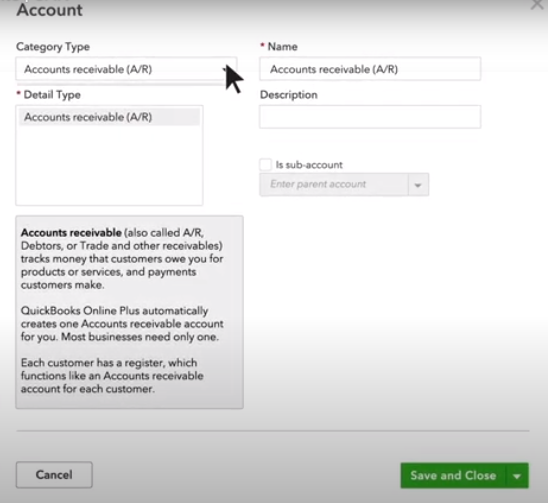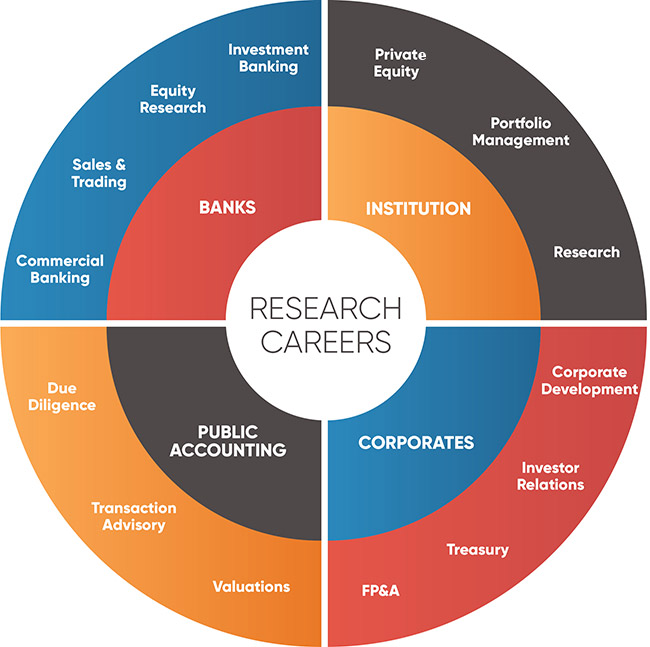
There are many types. But this article will be focusing on four most serious and widespread business frauds. These frauds are Asset misappropriation (false invoices), Cash larceny (skimming), and Asset misappropriation. Learn how you could avoid falling prey to these crimes. Here are some examples of business frauds. There are many other types of business frauds, which you might be surprised to learn. You may be shocked at how easy one of these crimes could compromise your business.
Asset misappropriation
In the majority of cases, misappropriation occurs when employees from the accounting department are involved. These employees have access to company funds and are closest to financial data. In addition, these employees may be motivated by personal financial struggles or a negative relationship with the company. Although higher-ranking employees are more susceptible to being a victim of this type fraud, even lower-ranking employees can be perpetrators. There are two signs you should watch for: excessive irritability (or addiction).
Another common type of business fraud is asset misappropriation, which is when company assets are used by employees for personal benefit. Cash misappropriation is easier to identify than non-cash misappropriation, but either type of misappropriation can impede cash flow. Large-scale misappropriation can lead to fines and penalties. It is important to prevent asset misappropriation.
False invoices
Fraudsters target companies according to their size, location, and supplier lists. Fake invoices can be made that look authentic, but there are some small differences. These invoices are frequently sent to businesses because they have an urgent deadline. Accounts payable departments are always playing catch up. False invoicing is a sign fraud and should always be investigated. Here are some tips on how to detect and prevent false invoices.

Invoice fraud is when hackers gain access to email addresses of trusted business partners. They then monitor normal business interactions and payment processes. They then send a convincing invoice, which is usually required to be wire transferred. Even if an invoice is genuine, the accounting office of the business may not be aware. False invoices may cost you thousands. In order to obtain sensitive information such the email addresses of decision makers, criminals may also target employees.
Cash larceny
There are various ways in which a company can be cheated out of cash. The theft of company assets are one of the most common ways to get cash out of a company. This type of business fraud is most common in businesses that sell products and have an extensive inventory. This fraud is often detected when a business does stock-taking or when someone notices that certain items are missing. A business should rotate its cash handling staff to avoid these fraudulent activities. It also shouldn't place all financial tasks on one employee.
Surprise cash counts are another method to prevent business fraud. Although employees can be paid in cash, they might not know that they are stealing money from the shop. A good way to stop larceny is to surprise cash count. Cash larceny is more difficult to detect than skimming. However, this type business fraud should not be ignored.
Skimming
Visible presence at cash entries points is one common way to avoid skimming. To catch skimmers, you can place cameras around cash registers and mailrooms. This will encourage employees avoid skimming. However, this tactic may not stop all skimmers. Even if they do the crime, they might find an opportunity elsewhere. The best way to protect yourself is to put money into security measures.
Skimming is a type business scam where a portion of the cash taken from receipts is used for personal purposes. This is especially common in small businesses, where the cashier is the owner. Skimming is a tax fraud. Most companies will not notice skimming because it is so hard to detect. The company might suspect that the cash is being used to pay its bills may skim and hire a Certified Fraud Examiner.
Lapping

"Lapping" is a common type of accounts receivable theft. In this scheme, an employee steals money from a customer and writes subsequent checks to cover the missing funds. The employee must monitor all accounts to ensure no customer is harmed. A clerk might have a different ID for each client, but the accounting records will not reveal this theft. The employee did not steal money from a customer, according to company records.
You can detect lapping by looking at the receipts. If a receipt matches that of a fraudulent account, it could be a lapping scam. If there are a series of incorrect receipts, it could be an employee trying to launder funds. Lapping schemes can last for months or years. A company may not detect a single transaction before it investigates for other indicators of fraud. Slow payment of customers is a red flag.
FAQ
Accounting: Why is it useful for small-business owners?
Accounting isn’t only for big businesses. It's also useful for small business owners because it helps them keep track of all the money they make and spend.
If you run a small business, you likely know how much money comes in each month. But what if your accountant doesn't do this for a monthly basis? You might find yourself wondering where you are spending your money. You could also forget to pay bills on-time, which could impact your credit score.
Accounting software makes it easy to keep track of your finances. There are many choices. Some are free; others cost hundreds or thousands of dollars.
However, regardless of the type of accounting software you choose, you will need to be familiar with its basics. So you don't waste your time trying to figure out how to use it.
You should learn how to do these three basics tasks:
-
Enter transactions into the accounting system.
-
Keep track of incomes and expenses.
-
Prepare reports.
These are the three essential steps to get your new accounting system up and running.
What is bookkeeping?
Bookkeeping refers to the process of keeping financial records for individuals, companies, or organizations. It also includes the recording of all business-related income and expenses.
Bookkeepers maintain financial records such as receipts. They also prepare tax reports and other reports.
What does it entail to reconcile accounts?
The process of reconciliation involves comparing two sets. One set of numbers is called the source, and the other is called reconciled.
The source includes actual figures. The reconciled shows the figure that should be used.
For example, if someone owes you $100, but you only receive $50, you would reconcile this by subtracting $50 from $100.
This process ensures that there aren't any errors in the accounting system.
What's the difference between accounting & bookkeeping?
Accounting is the study of financial transactions. The recording of these transactions is called bookkeeping.
These are two related activities, but separate.
Accounting is primarily about numbers while bookkeeping is primarily about people.
For the purpose of reporting on financial conditions of organizations, bookkeepers maintain financial information.
They ensure all books balance by correcting entries in accounts payable and accounts receivable.
Accountants examine financial statements in order to determine whether they conform with generally accepted accounting practices (GAAP).
If not, they may recommend changes to GAAP.
Bookkeepers keep records of financial transactions so that the data can be analyzed by accountants.
What does an auditor do?
Auditors look for inconsistencies in financial statements and actual events.
He validates the accuracy of figures provided by companies.
He also verifies the validity of the company's financial statements.
Statistics
- "Durham Technical Community College reported that the most difficult part of their job was not maintaining financial records, which accounted for 50 percent of their time. (kpmgspark.com)
- The U.S. Bureau of Labor Statistics (BLS) projects an additional 96,000 positions for accountants and auditors between 2020 and 2030, representing job growth of 7%. (onlinemasters.ohio.edu)
- Given that over 40% of people in this career field have earned a bachelor's degree, we're listing a bachelor's degree in accounting as step one so you can be competitive in the job market. (yourfreecareertest.com)
- a little over 40% of accountants have earned a bachelor's degree. (yourfreecareertest.com)
- Given that over 40% of people in this career field have earned a bachelor's degree, we're listing a bachelor's degree in accounting as step one so you can be competitive in the job market. (yourfreecareertest.com)
External Links
How To
How to do your bookkeeping
There are many accounting software options available today. While some are free and others cost money, most accounting software offers basic features like invoicing, billing inventory management, payroll processing and point-of-sale. Below is a short description of some common accounting packages.
Free Accounting Software: Free accounting software is usually offered for personal use only. It may have limited functionality (for example, you cannot create your own reports), but it is often very easy to learn how to use. Many free programs also allow you to download data directly into spreadsheets, making them useful if you want to analyze your business's numbers yourself.
Paid Accounting Software: These accounts are for businesses that have multiple employees. These accounts are powerful and can be used to track sales and expenses and generate reports. While most paid programs require a subscription fee for at least one-year, many companies offer subscriptions that last just six months.
Cloud Accounting Software: With cloud accounting software, you can access your files online from any device using smartphones or tablets. This program has gained popularity due to the fact that it frees up space on your hard drive, reduces clutter, is easier to use remotely, and also makes work more efficient. No additional software is required. All you need to access cloud storage is an Internet connection.
Desktop Accounting Software: Desktop accounting software is similar to cloud accounting software, except that it runs locally on your computer. Desktop software works in the same way as cloud software. It allows you to access files from any location, including via mobile devices. However, unlike cloud-based software, desktop software must be installed on your computer before it can be used.
Mobile Accounting Software: This mobile accounting software was specifically developed to work on tablets and smartphones. These programs make it easy to manage your finances wherever you are. Although they offer less functionality than full-fledged desktop applications, they are still very useful for people who travel or run errands.
Online Accounting Software - Online accounting software was created primarily to serve small businesses. It offers all the functionality of a desktop program, plus some extra features. The best thing about online software is the fact that it does not require installation. You simply log in to the site to start the program. Another benefit is that you'll save money by avoiding the costs associated with a local office.